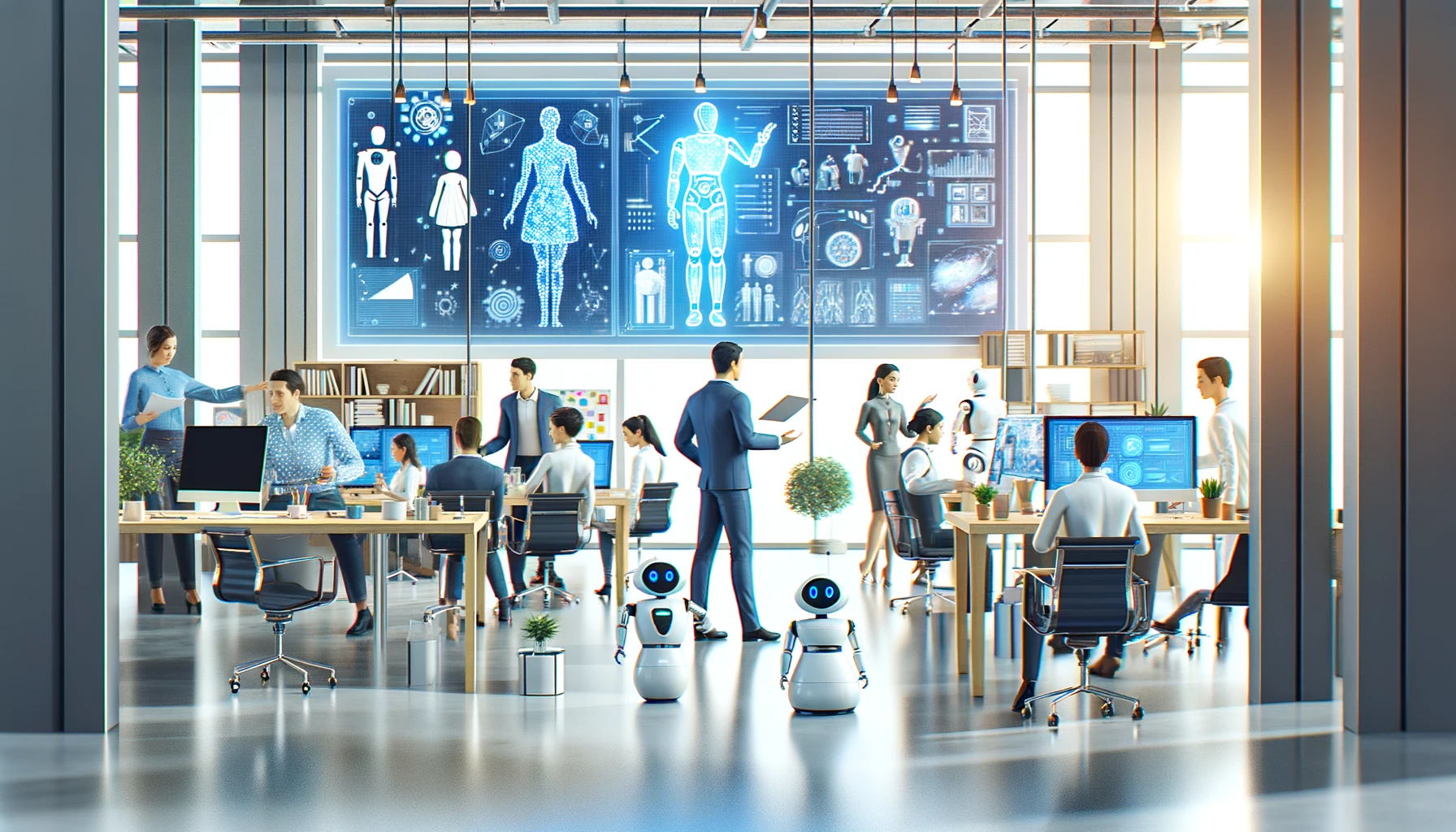Everything You Know About AI is Wrong
Author: Stu FeeserWhen you think of “artificial intelligence,” do images of clumsy chatbots or dystopian robot-dominated futures come to mind? It’s time to challenge these misconceptions: the real power of AI lies not in replacing human interactions but in amplifying them.
Debunking the Chatbot Myth
Firstly, let’s address the most prevalent misunderstanding: AI is often seen merely as a tool for automating chat functions to avoid direct human contact. While AI does streamline initial customer service interactions, this barely scratches the surface of its capabilities.
AI as Your Behind-the-Scenes Champion
Imagine a workplace where AI handles tedious, repetitive tasks, allowing humans to focus on innovation, creativity, and personal interactions. This isn’t a future prediction—it’s already happening. AI is transforming roles and tasks across industries by taking on the heavy lifting of data management and routine processes.
1. Diverse Applications of AI
Some examples of AI transforming industries:
- AI & LiDAR in Road Repairs: Managing thousands of miles of roads, AI helps dispatch repair crews efficiently to the areas most in need, optimizing repair schedules by geographic distance.
- Bank Credit Card Transaction Analysis: AI tools assist bank agents by identifying potentially fraudulent transactions quickly, allowing them to address customer concerns with higher accuracy.
- Bridge Structure Analysis: AI analyzes millions of photos to assess bridge safety, although it’s essential to note that AI alone isn’t the solution to all structural problems.
- Courseware Development: What used to take weeks now takes minutes with AI, enhancing the quality and speed of educational content creation.
- Code Development Tools: AI accelerates skill development among programmers, turning novices into experts more rapidly.
2. Key Pitfalls
While AI can perform many tasks, there are areas where it should not replace humans:
- AI should not replace human interaction in customer service.
- AI should not make autonomous decisions without human oversight.
- AI should not manage tasks that require human empathy and understanding.
Instead, leverage AI for backend operations to free up your staff for more meaningful engagement with clients and customers.
3. Enhancing Creative Processes
AI also supports creative endeavors by providing starting points for design and arts. Tools like DALL-E offer generative art capabilities, sparking new creative ideas. Similarly, AI-driven tools in music and video editing streamline production workflows.
Cost of Implementing AI
Understanding the cost of AI involves recognizing the three critical components:
- Training Data: The most expensive and crucial element. Quality and quantity of data define the learning effectiveness of AI models.
- Parameter Count: More parameters mean a more sophisticated AI, capable of handling complex tasks. The “magic” often starts at around 70 billion parameters.
- Compute Power: Essential for processing data. The more powerful the setup (e.g., using NVIDIA’s A100 or H100 GPUs), the more capable the AI.
The Human Touch in AI Systems
AI is transforming tasks like road repair management, bank fraud detection, and more by automating complex analyses and enabling human professionals to focus on strategy and customer engagement:
- Engineers can prioritize and strategize rather than sift through data manually.
- Customer service agents receive AI-driven insights, allowing them to provide personalized service.
- Developers can focus more on user needs and less on mundane coding tasks.
Contrary to dystopian fears and narrow portrayals in the media, AI’s true strength is its ability to enhance human capabilities and liberate us from mundane tasks. By thoughtfully understanding and implementing AI, we can ensure it enhances rather than replaces the human touch, setting the stage for a more innovative, efficient, and interactive future.
